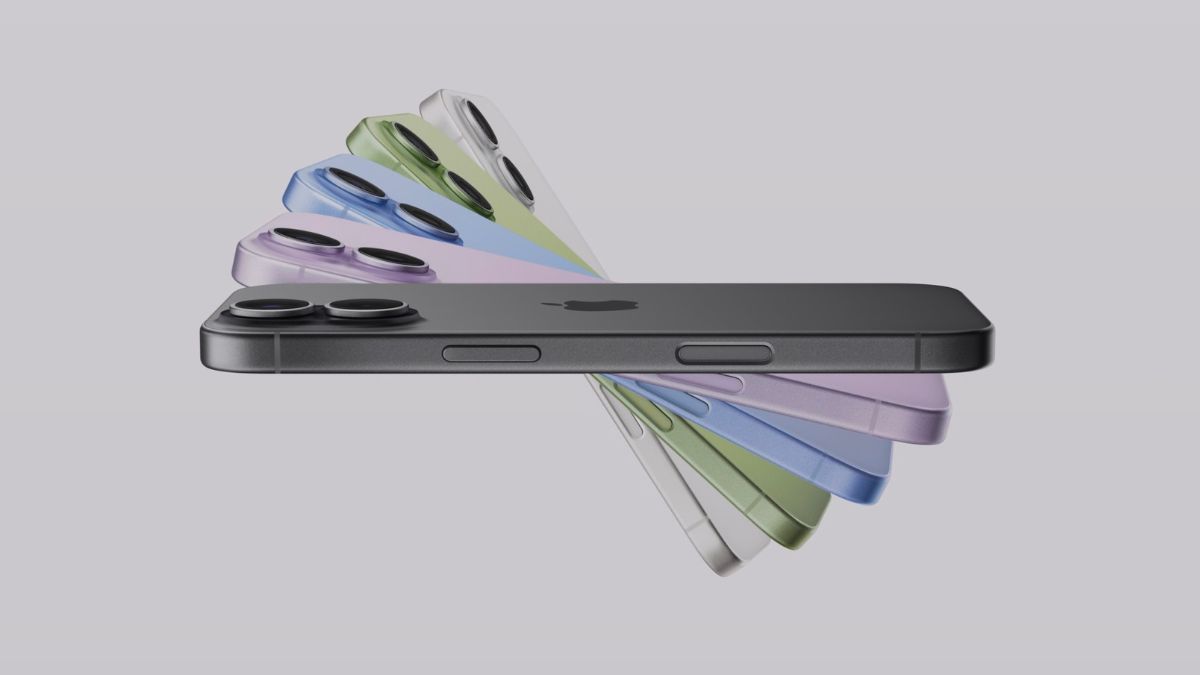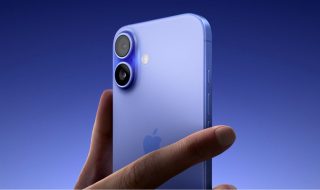Apple has just launched its latest iPhone lineup, which includes the iPhone 17, iPhone Air, and iPhone 17 Pro models. All these devices come powered by the new A19 and A19 Pro chips. One of the biggest upgrades hidden under the hood is a groundbreaking security feature called Memory Integrity Enforcement (MIE).
This feature runs in the background, powered by the new A19 and A19 Pro chips. Apple says it is the most advanced memory safety system ever built into a smartphone, and it could make a big difference in stopping hackers and spyware from breaking into iPhones.
When we talk about hacking phones, most people think about stolen passwords or malware apps. But many of the most powerful attacks do not start this way. They begin with memory corruption bugs, flaws in the way a phone stores and manages data in memory.
These bugs allow attackers to do things like:
- Access memory they should not (called buffer overflows)
- Reuse memory that has already been freed by the system (called use-after-free bugs)
For years, these weaknesses have been used by spyware makers and state-sponsored hackers to take control of phones. Well-known tools like Pegasus have relied on such vulnerabilities to infect devices without the user even clicking on anything.
Apple says MIE directly targets these attack methods and makes them far harder to use.
What Exactly Is Memory Integrity Enforcement?
Memory Integrity Enforcement is an always-on system that checks memory access at every step. It covers the iPhone’s most critical attack surfaces, including the kernel (the core of the operating system) and over 70 other processes.
What makes it special is that it does not slow the phone down. Apple has designed the A19 and A19 Pro chips to handle these checks efficiently, so security happens in the background without affecting performance.
How MIE Works
MIE is not a single feature but a combination of three major technologies that Apple has developed over the last five years:
- Secure Memory Allocators: iPhones already use systems like kalloc_type (introduced in iOS 15) and xzone malloc (introduced in iOS 17). These allocators carefully manage how memory is assigned, making it harder for bugs to slip through.
- Enhanced Memory Tagging Extension (EMTE): Apple co-developed EMTE with chipmaker Arm. It is an advanced version of the Memory Tagging Extension (MTE) that Arm first announced in 2019. EMTE checks memory access synchronously (at the exact time of use), so it can stop attacks instantly. Unlike standard MTE, it also checks access to non-tagged memory — an area that attackers often abuse.
- Tag Confidentiality Enforcement (TCE): A new layer of protection against side-channel attacks like TikTag, which could leak memory tags. TCE makes sure attackers cannot learn or manipulate memory tags to bypass security.
Together, these systems mean that if a hacker tries to exploit a memory bug, the iPhone can catch it in real time and shut it down.
Groups that build spyware rely on chaining multiple memory flaws to break into iPhones. Normally, if one bug is fixed, they can swap it with another and keep their exploit working. With MIE, that becomes much harder. Apple says that when it tested real-world exploits, they completely failed once MIE was enabled. Attackers could not just replace one bug with another; they had to start over from scratch.
This makes spyware attacks more fragile, more expensive, and less likely to succeed at scale. For regular users, it means better protection without even knowing it is happening.
How Apple’s Approach Differs from Others
Apple is not the only company working on memory safety. Google introduced MTE support with Pixel 8 devices running Android 13, but it is mainly available as a developer option and not turned on for everyone. Microsoft also added memory integrity features to Windows 11, but these are optional and can affect performance.
Apple’s MIE is different because it is always on and built directly into the hardware and operating system. Users do not need to turn it on, and they will not notice any slowdown.
This makes the iPhone 17 series the first mainstream consumer device with full-scale, hardware-backed memory integrity protection.
One of the impressive parts of MIE is that users will not even see it working. It does not change how you use your phone. You will not get pop-ups or warnings. Instead, it silently defends against memory-based attacks while you text, browse, or stream music.
Apple says this was possible only because of “meticulous planning and implementation” of both hardware and software. The A19 and A19 Pro chips are powerful enough to handle synchronous tag checking without slowing down apps, games, or multitasking.
Wrap Up
The new iPhones, including iPhone 17, iPhone Air, and iPhone 17 Pro models, are more than just faster and thinner devices. Apple is also pushing smartphone security with Memory Integrity Enforcement. For most users, this feature will remain invisible. But behind the scenes, it is raising the cost of attacks, protecting against spyware, and making iPhones much harder to compromise.










